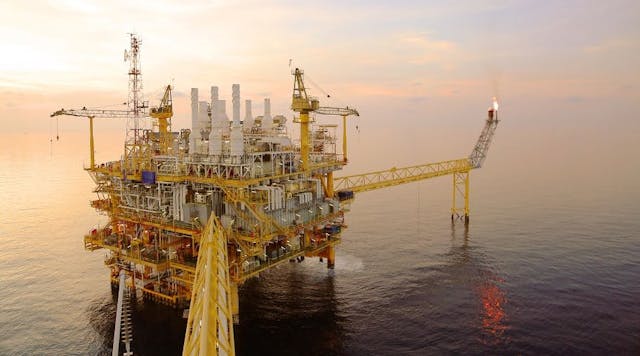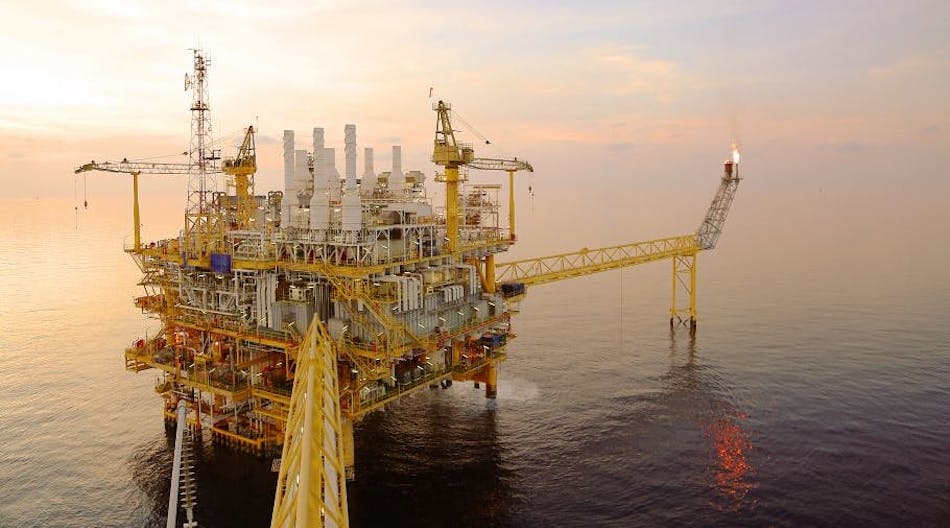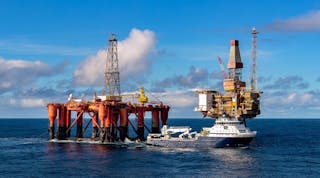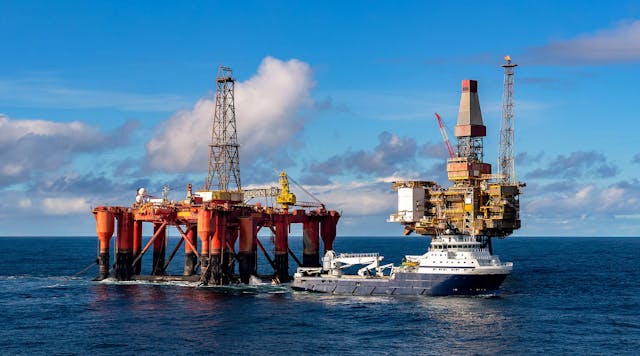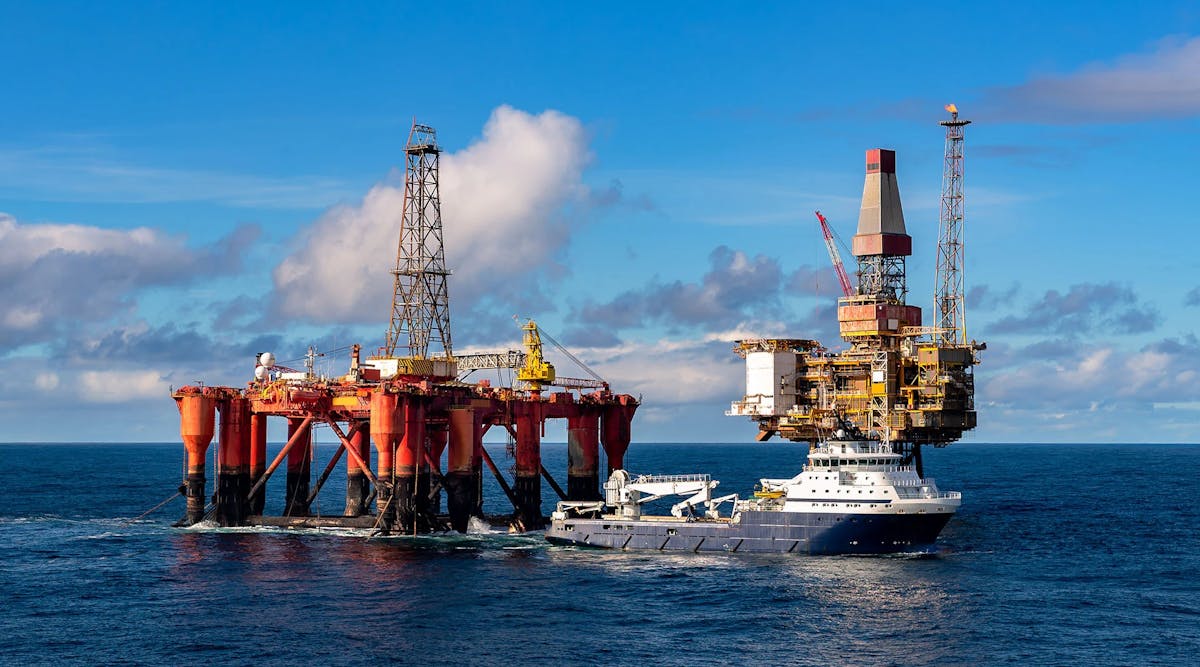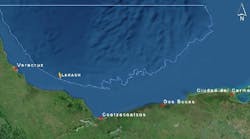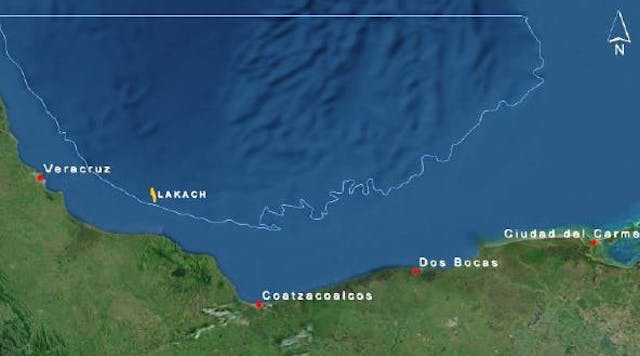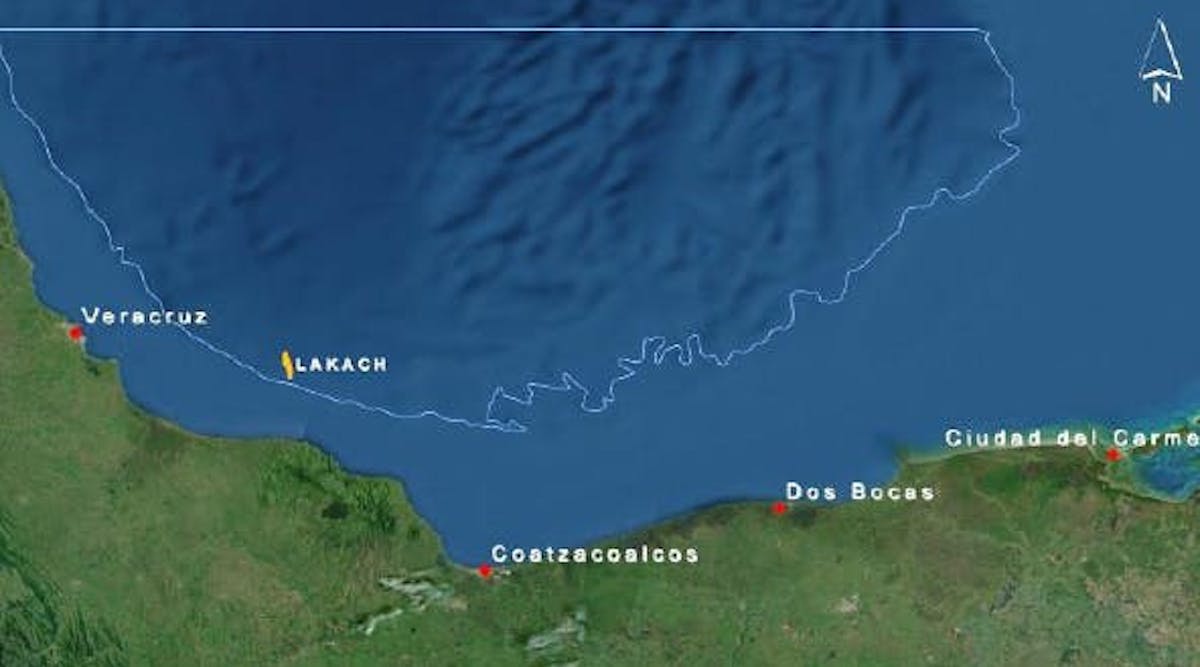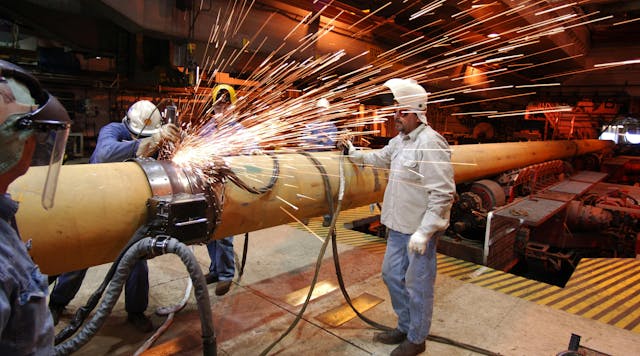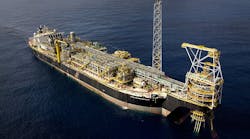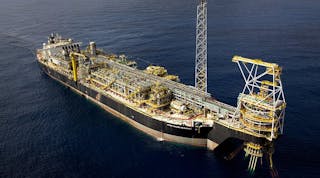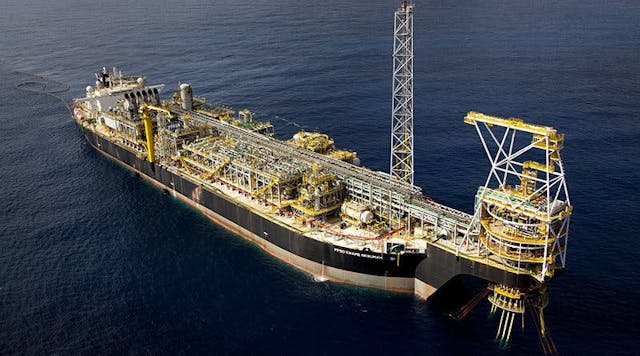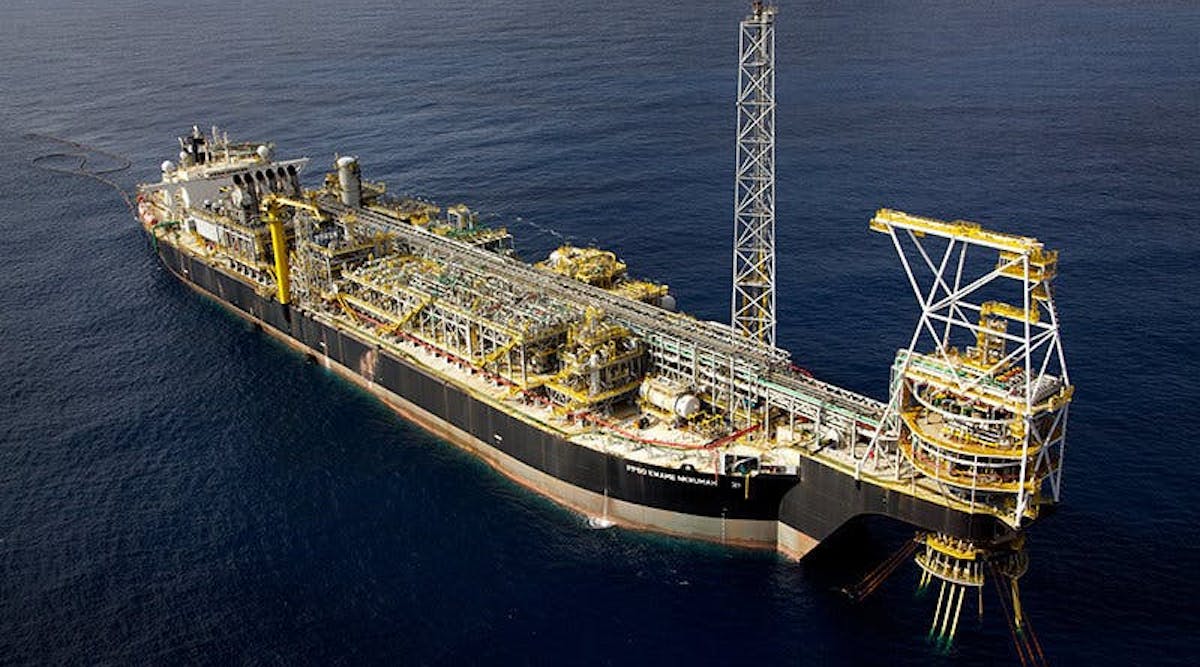编者注:本文首次发表于《 2023 年高管视角特别报告》,该报告发表在 《离岸》杂志 2023 年 11 月/12 月号上。
作者:Sonya Boodoo,Rystad Energy
继该行业经历了数年不景气之后,今年海上石油和天然气活动有所增加。项目制裁活动的增加意味着海上风电是 2023 年投资增长最强劲的供应领域,Rystad Energy 估计目前的高水平制裁将持续下去,从而保持海上风电行业的投资强劲。活动的增加最终将导致深水液体供应的强劲增长,这意味着深水将成为全球新生产的关键来源。在这里,Rystad Energy 调查了海上投资的全球趋势、海上生产的贡献以及海上项目与其他领域相比的绩效。
投资
由于石油行业在过去十年中的低迷,从 2014 年到 2021 年,离岸投资大幅下降,在此期间下降了近 60%,至约 1,380 亿美元。去年我们观察到趋势发生变化,离岸投资较前一年增长近 20%。今年这种增长势头仍在延续,比去年额外增长了15%以上。这种每年约 2000 亿美元的活动水平预计将维持到 2026 年(图 1)。总体而言,海上石油和天然气投资占上游投资总额的30%至35%。
尽管从 2014 年到 2021 年呈下降趋势,但自 2016 年批准的项目资本支出低至 300 亿美元以来,离岸制裁活动有所增加。预计需要 1,080 亿美元资本支出的离岸石油和天然气项目将在今年受到批准。今年,超过了2019年的水平。Rystad 预计,到 2025 年,承诺资本支出将继续增加至 1,220 亿美元。值得注意的是,承诺的资本支出预计不会回到 2010 年代初的高位。
这并不是制裁活动减少的结果,而是运营商采取的成本效率措施推动的。2014 年之后,受制裁的资源量增加了四倍多,从 6 Bboe 增加到 2021 年的 27 Bboe。然而,尽管受制裁的数量有所增加,但成本仍然很低,因为每桶开发成本从 2013 年每桶 18 美元的高点大幅下降至 2021 年的 18 美元/桶油当量。 2013 年至 2022 年间,平均每桶油当量为 8 美元(图 2)。
生产
离岸供应的增长是上游行业的另一个新兴趋势。评估非欧佩克液体供应的同比增长情况可以看出,页岩油历来都是主要的增长动力。然而,2020年后,海上深水尤其显示出成为关键增长领域的迹象。2023年,非欧佩克深水产量预计将比去年增长约50万桶/天,即7%。Rystad 预计,到 2026 年,页岩气将成为最大的增长领域,取而代之的是海上深水领域,并且至少在本世纪末仍然是主要的增长动力(图 3)。
表现
海上油田的表现一直超过陆上油田。平均而言,深水油井的估计最终采收率 (EUR) 为 15 MMboe,陆架井平均约为 5 MMboe,陆上油井则低于 1 MMboe。同样明显的是,近几年海上油井的表现一直在小幅增长,到 2022 年欧元将会上升(图 4)。
下面的图 5 将海上与其他主要供应细分市场的各种指标进行了比较。
近海深水和陆架的未开发液体资源总量比任何其他部分都要大,约为 180 Bboe。离岸项目的盈亏平衡价格低至每桶 40 美元,是最具竞争力的价格之一,仅次于陆上石油输出国组织 (OPEC)。就投资回收期而言,致密油是唯一一个平均投资回收期低于深水 6 年和近海陆架 10 年的领域。近海深水内部收益率高达31%,仅次于致密油。就 CO 2强度而言,海上作业是同类产品中最好的,每桶油当量的 CO 2排放量为 10 至 12 千克,远低于大多数其他领域。
该行业在关键指标上的表现表明,离岸投资是最安全的投资领域之一,具有低盈亏平衡、高回报和相对低碳足迹。因此,近海仍然是上游景观中值得关注的关键部分。
About the author: Sonya Boodoo is vice president in the Upstream Research team at Rystad Energy, responsible for covering E&P activity on the UKCS and development of the UKCS Business Development Solution. Prior to joining the Rystad Energy, she worked as a geologist and economist for both E&P companies and consulting firms. She holds a BSc in petroleum geoscience from the University of the West Indies and an MSc in energy economics from the University of Dundee.





































